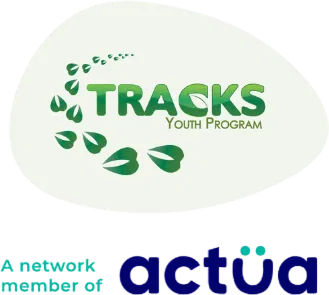Indigenous Technology Across Turtle Island
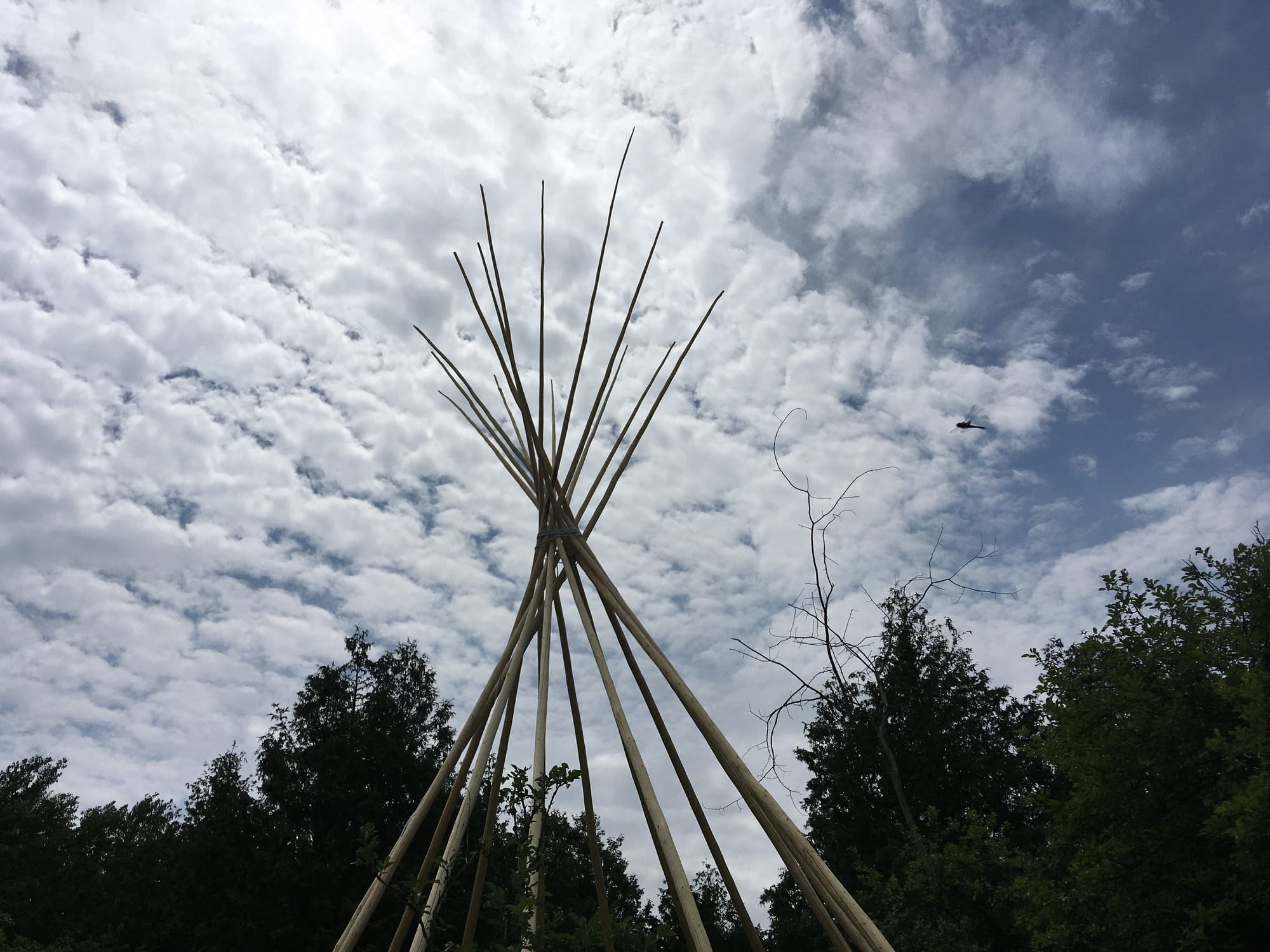
Nature is the first teacher, and has provided humans with so many beautiful examples of technology to learn from. The following blog post highlights some truly incredible examples of Indigenous technologies.
Kayak’s
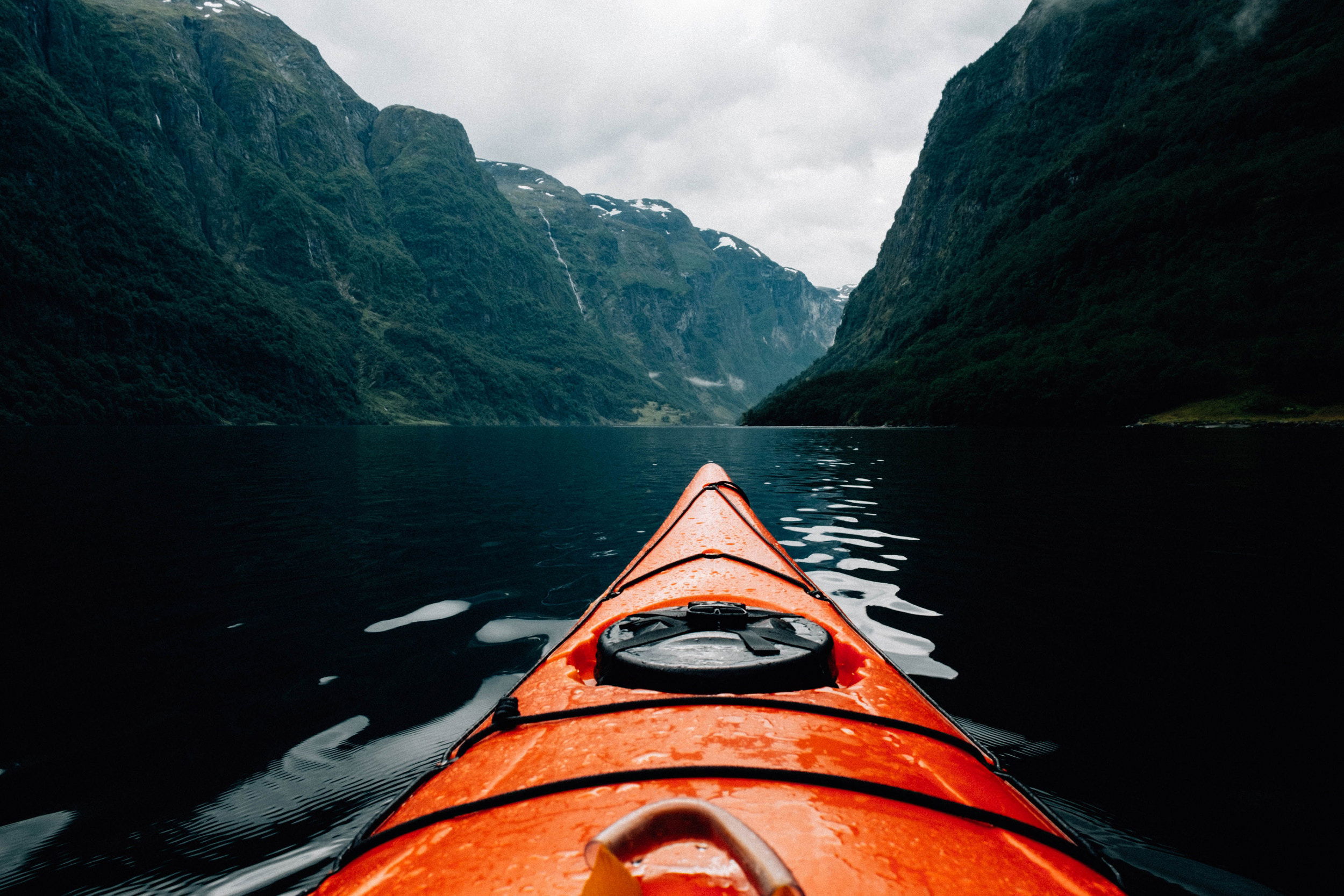
Turtle Island is fortunate to be embraced by many bodies of water. Transportation, especially in Northern Turtle Island, relied on navigating through rivers, streams, lakes and oceans. Many interesting water crafts were designed to accomplish specific tasks, such as hunting or transportation. Kayaks are a wonderful example of design and efficiency and are a famous Indigenous technology.
Kayaks are believed to be developed over time by the Inuit, Aluet, and Yup’ik Nations. They are a lightweight watercraft that is ideal for hunting and traveling with a watertight design. The name kayak comes from the word qajaq—‘man’s boat’ or ‘hunter’s boat’ in Inuktut dialects. By creating a design based on materials that were accessible, the qajaq was created by using hides stretched over whalebone or driftwood. An ingenious addition to the qajaq was the tuilik which is a type of waterproof jacket that was tight against the face and wrists trapping in air. This helped the user of the qajaq stay buoyant when tipping over, and coming back up. Materials today may have changed in the design of the tuilik and qajaq but they stay true to the design and ingenuity of the past designers.
https://destinationnunavut.ca/discover/history-kayak
https://www.thecanadianencyclopedia.ca/en/article/kayak
Fishing Weirs
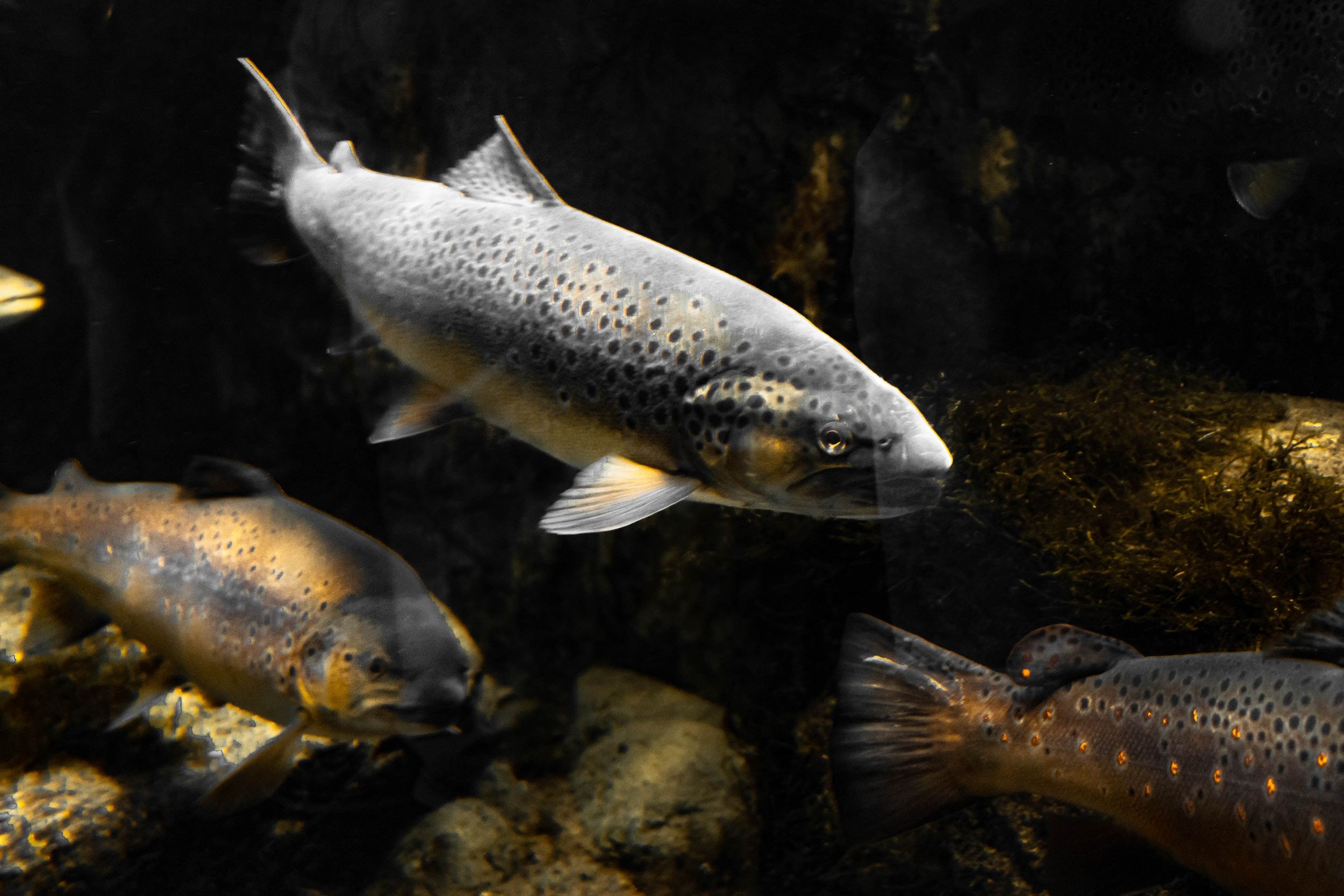
There are many ways that people have been fishing without the use of hooks and rods. One of the ways people on Turtle Island have harvested fish is through the use of fishing weirs. These are permanent structures that are built into a river or stream that work against the psychology of fish. They can be made from stone or wood, and are similar to a fish fence or trap. You can tailor the weir to fit what types of fish you are harvesting by spacing out the posts to the size of the fish you are looking for. People may also weave sticks into the weir as well.
Weirs are built to have a funnel shape that enters the trap, they will look like two fences coming in together on an angle. This works as a channel for the fish to get into, this works because fish like to swim by the edge of water or by roots of a tree. When the fish enter rarely do they leave, because of the nature of fish. Weirs were built in a creek that flowed into a larger body of water or a channel between two bodies of water. What is so sustainable about weir technology is that smaller fish are not harmed by the harvesting process as they would with catch and release or nets. You can remove posts to allow fish to leave.
A very famous example of fishing weirs is Mnjikaning at the Atherley Narrows located close to Rama First Nation. This is a very important site where fish were harvested and shared with other communities involved.
References:
To learn more listen to https://anchor.fm/canadianbushcraft/episodes/Ep-102-Non-Angling-Fishing-Methods-e1hdorl
Or read https://www.ramafirstnation.ca/community-history/
Chinampas
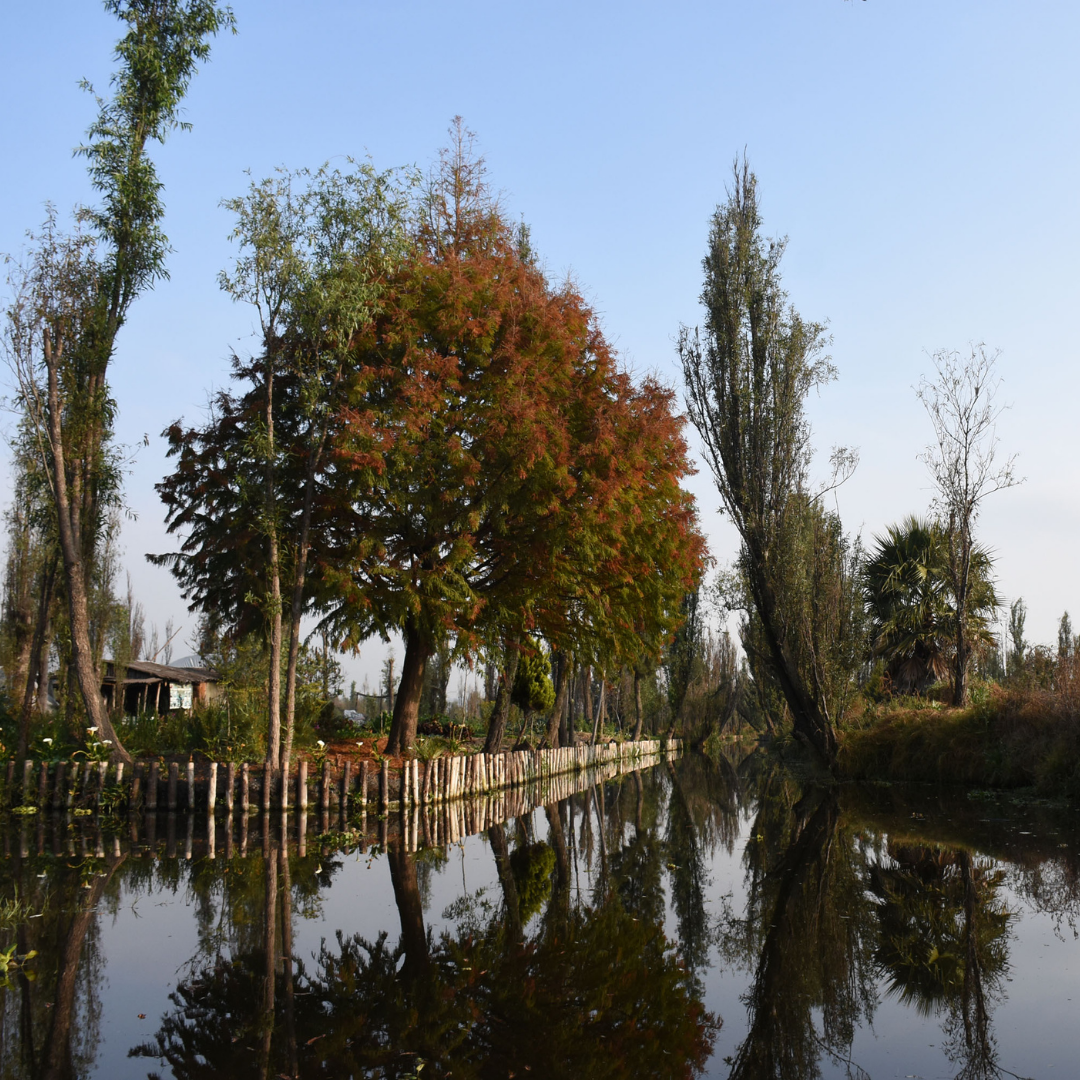
Chinampas are essentially floating gardens invented by the Aztec peoples. They were designed to improve biodiversity, agriculture, filter water, and mitigate the flooding during the rainy season. Tenochtitlan was the main city where the Aztec peoples built chinampas. The Aztec people were able to build rectangular garden beds into the lake by stabilizing them with willow trees, and a series of plant materials. Chinampas are always surrounded by water and anchored by trees. They rely more on their processes than inputs, and create some of the most nutrient soil in the world.
There are three main channels within the Chinampas. The primary are used for larger watercraft transportation and movement of agricultural materials. The Secondary are used for smaller boats in harvesting. The third channel is the smallest and is used to help protect some of the native and important species such as the axolotl salamander, which is a bioindicator. Today there are 2,200 hectares of chinampas, compared to over 100 thousand before Spanish colonization. Unfortunately most of the chinampas were drained and paved over to make room for industrial development and housing. However, there are still people tending to the chinampas and ensuring their survival today.
References:
https://blurredbylines.com/blog/tenochtitlan-aztec-architecture-agriculture/
Amazing video: https://www.youtube.com/watch?v=86gyW0vUmVs
Basket Weaving:
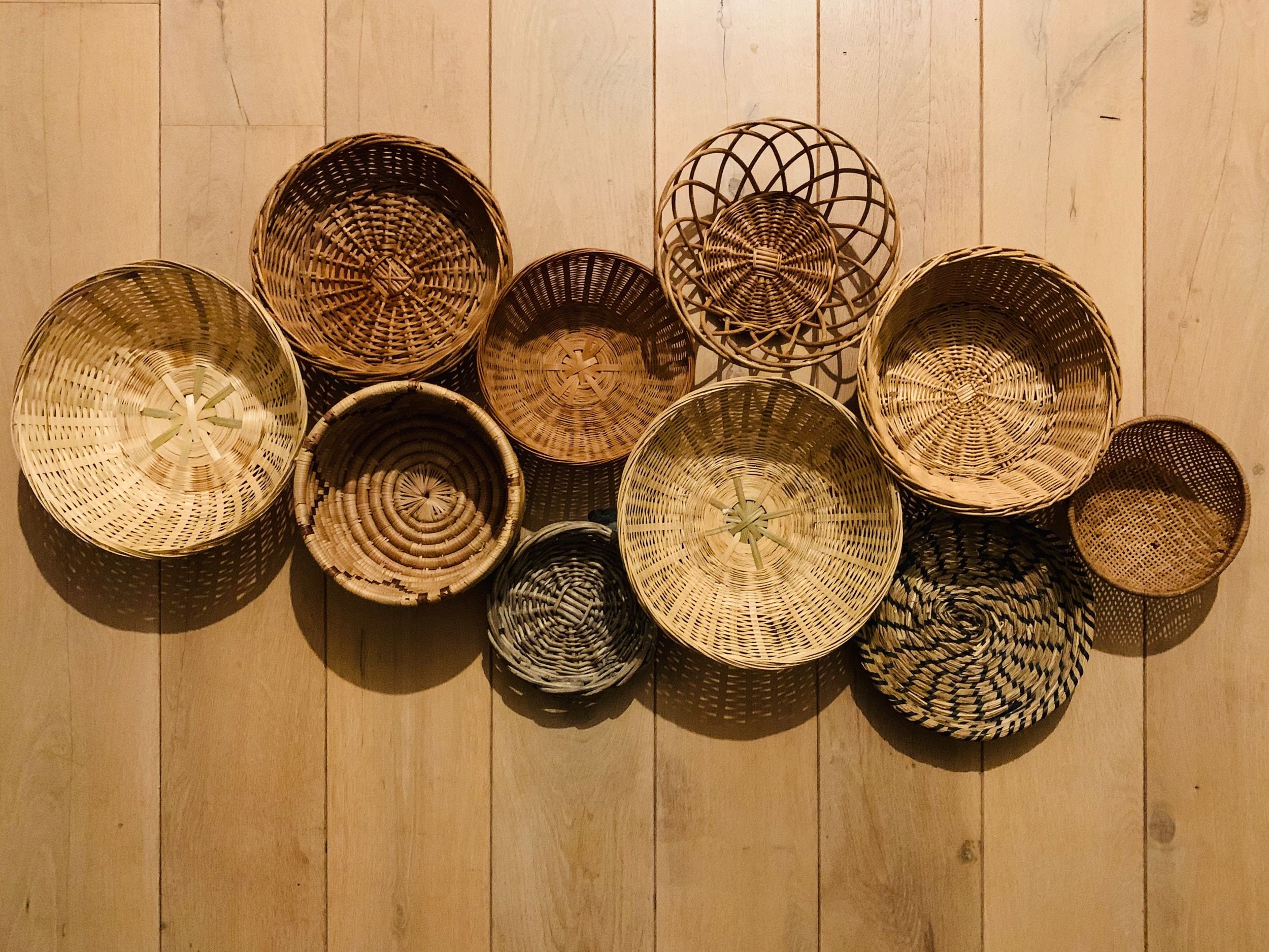
Basket Weaving is an incredibly important technology that many nations across Turtle Island contributed too. The oldest example of a basket that has been found is dated to 8,000 years ago. Due to their organic materials, it is very hard to preserve intact baskets. Materials and significance of the baskets would often be specific to each nation or community. For example, the Penobscot Nation primarily used Ash trees in their weaving. Baskets can be used as water vessels, storage, containers, ceremonial and so much more.
One example of a very interesting basket technology is the corn washing baskets of the Haudenosaunee Nations. Corn was a very important food source for many Haudenosaunee people. In recognizing the importance, a basket was designed to help remove the hull of the corn kernels as well as allow water to wash over and drain through the basket. The weave was created to assist in the removal of the hull of the kernel! Isn’t that amazing?
References:
https://www.snpolytechnic.com/sites/default/files/docs/resource/13_basket_making_lesson.pdf
https://study.com/academy/lesson/native-american-basket-weaving-history-techniques.html
https://www.wipo.int/pressroom/en/stories/theresa_secord.html
